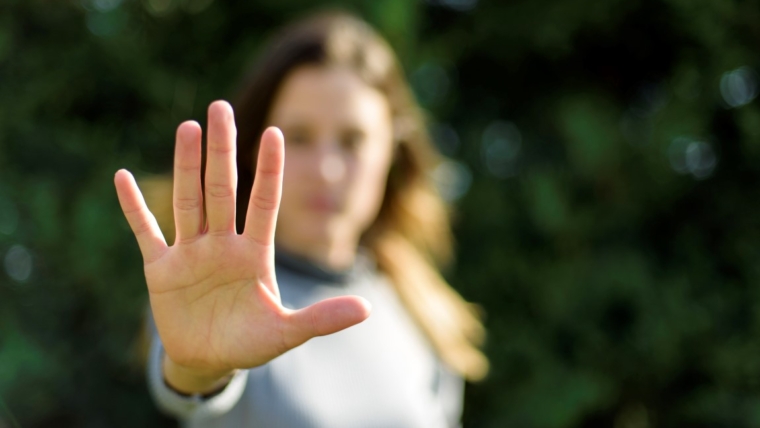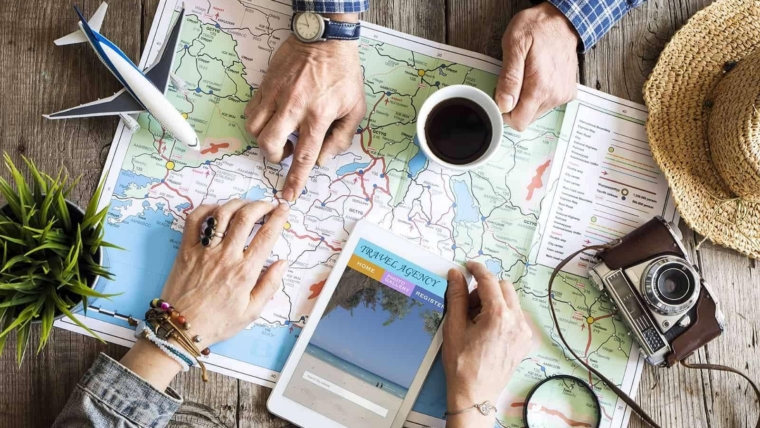What is the most attractive body shape of a female? It’s a trick question!
There’s no single answer, because beauty comes in all shapes and sizes. Sure, cultures and media bombard us with images of what’s “supposed” to be attractive, but those ideals are constantly evolving and frankly, a little boring. What’s truly captivating is confidence and self-acceptance. When a woman rocks her own unique look, that’s when she shines the brightest.
This blog post is your guide to exploring the beautiful diversity of female body shapes. We’ll delve into the history of beauty standards, celebrate different figure types, and explore how to dress and embrace your own unique form. We’ll also smash the unrealistic expectations peddled by social media and empower you to love the skin you’re in.
So, grab a comfy chair, ditch the airbrushed magazine covers, and get ready to discover the magic of you.
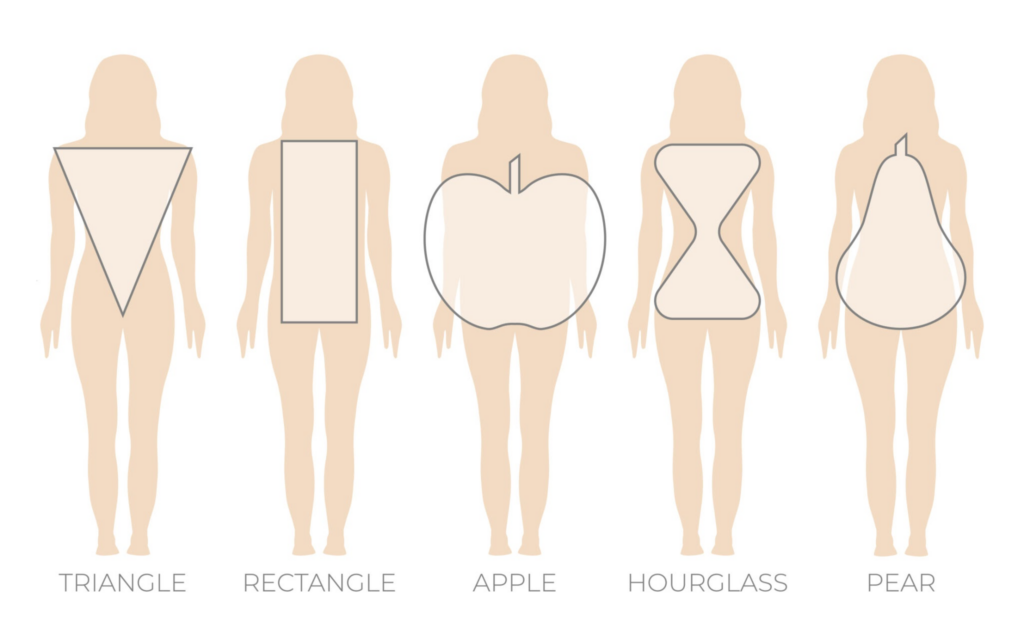
Decoding Beauty Standards: A Historical Tour
Let’s face it, the “perfect” female form has been a moving target throughout history. From the curvaceous goddesses of ancient Rome to the svelte silhouettes of the Victorian era, what’s considered beautiful has fluctuated wildly.
In the Renaissance, artists like Rubens celebrated women with full figures, symbolizing fertility and abundance. Fast forward a few centuries, and the pendulum swings the other way. The Victorians favored a more delicate, corseted look, emphasizing a tiny waist and a pale complexion.
The 20th century saw another shift. The flappers of the roaring twenties embraced a more boyish figure, while the mid-century swooned over the hourglass curves of Marilyn Monroe. Today, diversity reigns supreme. From the athletic physiques of female athletes to the statuesque beauty of plus-size models, the definition of beauty is thankfully expanding.

The Hourglass Hype: Embracing Curves
For many, the hourglass figure remains the epitome of female beauty. Think Marilyn Monroe or Scarlett Johansson – a defined waist balanced by curvy hips and bust. But what exactly defines an hourglass shape? It’s all about proportions. The waist is typically several inches smaller than the hips and bust, creating a visually balanced silhouette.
Of course, rocking an hourglass figure isn’t a requirement for attractiveness. But if you do have this shape, there are endless ways to flaunt it. Think cinched waists, belted dresses, and clothing that skims your curves.
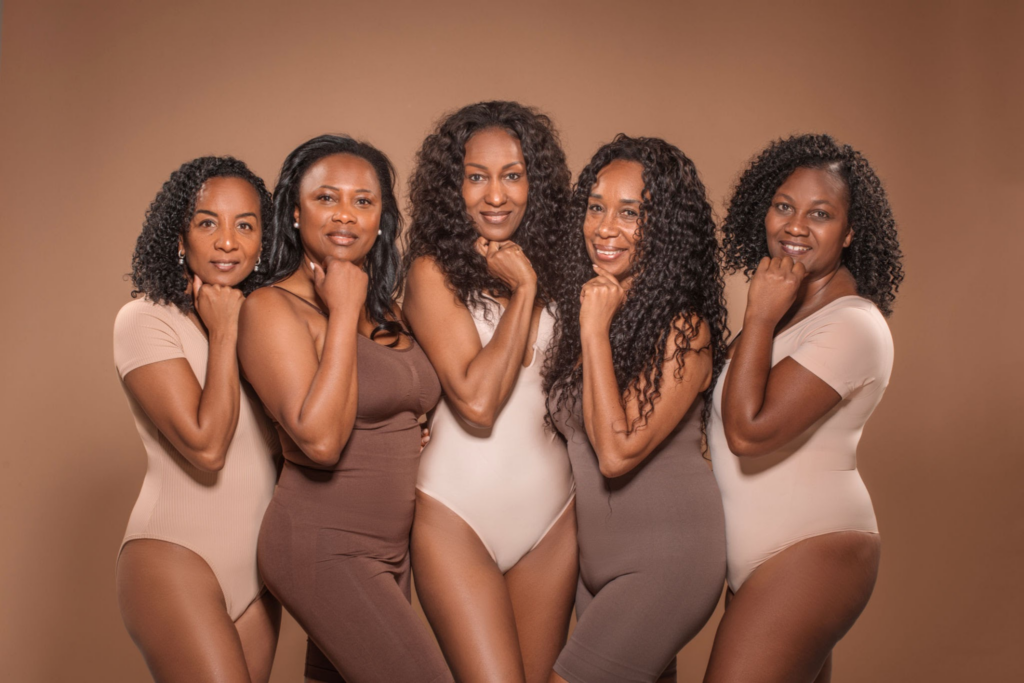
The Athletic Allure: Breaking Sweat and Stereotypes
Gone are the days when a woman’s physique was seen as delicate and fragile. Today, the athletic form is not only celebrated but admired. Think toned muscles, sculpted abs, and the confidence that comes from a healthy, active lifestyle.
But here’s the thing: being “athletic” doesn’t mean becoming a bodybuilder. It’s about embracing strength and celebrating a body that can move, jump, and conquer any challenge. And guess what? Muscles look fantastic on all body types, not just the traditionally “athletic” build.
Petite Power: The Charm of Petite Proportions
Petite women, rejoice! Your small but mighty frame is anything but a disadvantage. Stars like Lucy Liu and Kristen Bell prove that big things come in small packages. Petite women often have a youthful appearance and can rock a variety of styles that might overwhelm taller figures.
When it comes to fashion, petite women can benefit from emphasizing their proportions. High-waisted pants, cropped jackets, and vertical stripes can all create the illusion of added height.
Embracing the Pear: Pear-fectly Beautiful
The pear shape, characterized by wider hips and a narrower upper body, is often considered feminine and alluring. Think Jennifer Lopez and Beyonce – these powerful women own their curves and look incredible doing it.
The key to dressing a pear shape is to balance the proportions. A-line dresses, wrap dresses, and empire waistlines can all help to create a more defined waistline and flatter your figure.
Straight and Narrow: The Appeal of the Slim Silhouette
The straight or rectangular body type is characterized by a straighter figure with minimal curves. Think Kate Moss or Gwyneth Paltrow – these women prove that being slender doesn’t equate to a lack of femininity. In fact, there’s a certain elegance and sophistication to a lean physique.
The key to dressing a straight figure is to create the illusion of curves. Belted dresses, peplum tops, and A-line skirts can all help to define your waist and add some shape. Layering can also be your friend, adding visual interest and dimension to your look.
Voluptuous Vibes: Celebrating the Plus-Size Movement
The plus-size movement is a breath of fresh air, finally challenging the narrow beauty standards that have dominated for so long. Curvy women are no longer relegated to the sidelines; they’re taking center stage and redefining what it means to be beautiful. Think Ashley Graham or Melissa McCarthy – these confident women are rocking their size and inspiring others to do the same.
Fashion is no longer one-size-fits-all, and there are now countless stylish options available for plus-size women. Empire waist dresses, wrap dresses, and high-waisted jeans can all flatter your figure and accentuate your curves. Don’t be afraid of bold colors and patterns – embrace your unique style and own it!
Here’s a quick style tip: Experiment with different proportions. Pairing a flowy top with skinny jeans or a fitted top with a wider-leg pant can create a balanced and stylish look.
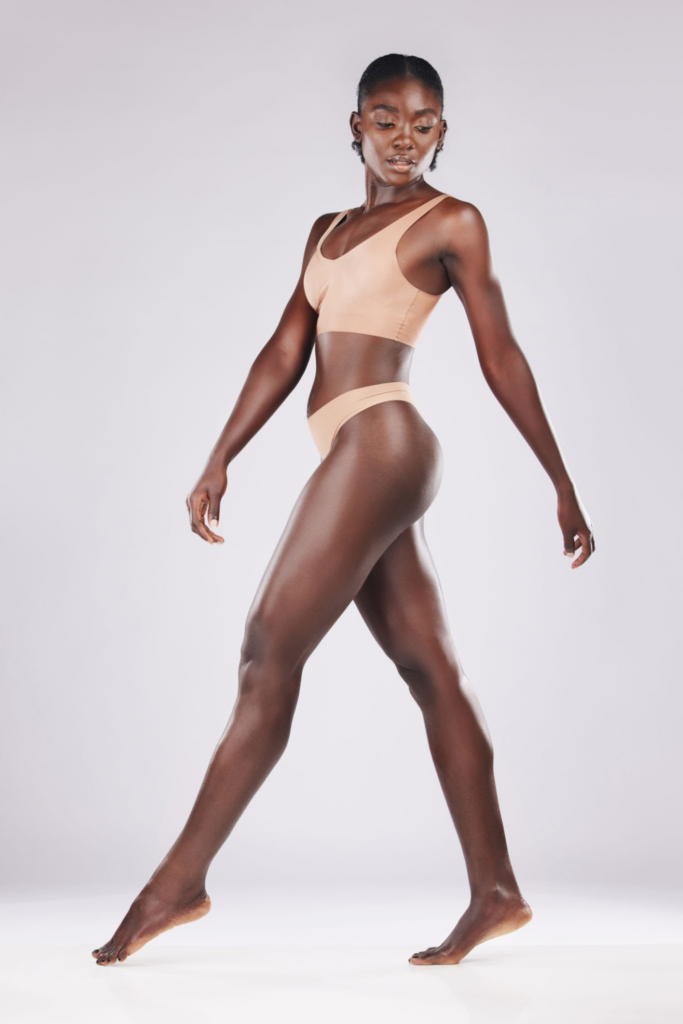
Cultural Influences: Beauty Standards Across the Globe
Our perception of beauty is far from universal. What’s considered stunning in one culture might be entirely different in another. Here’s a glimpse into how beauty standards vary across the globe:
- East vs. West: In Western cultures, there’s often an emphasis on a slim figure with a defined waist and prominent curves. However, in some Asian cultures, a paler complexion and a more delicate build are considered desirable.
- Fullness and Fertility: In some African cultures, a fuller figure is associated with health, prosperity, and fertility. Curvy physiques are often celebrated, and traditional clothing is designed to accentuate these features.
- Scarification and Adornment: Body modification plays a role in beauty standards in some cultures. Scarification, tattoos, and piercings can all be seen as aesthetically pleasing and hold cultural significance.
The globalization of media has undoubtedly influenced beauty standards worldwide. However, it’s important to remember that beauty is subjective and shaped by cultural values. Embrace the richness of diverse beauty ideals and celebrate the unique features that make each culture special.
Body Positivity: Loving the Skin You’re In
The body positivity movement is a powerful force for good. It’s about rejecting unrealistic beauty standards and embracing your body in all its glory. Stretch marks, cellulite, and all – these are just normal parts of being human.
Here are some ways to cultivate body positivity:
- Challenge negative self-talk: We all have those inner critics, but it’s important to silence them. Focus on the things you love about your body, and challenge negative thoughts with affirmations.
- Surround yourself with positive influences: Unsubscribe from social media accounts that make you feel bad about yourself. Instead, follow people who promote body positivity and celebrate diversity.
- Practice self-care: Nourish your body with healthy foods, get regular exercise, and prioritize activities that make you feel good. When you feel good physically, it shows in your confidence and overall well-being.
- Celebrate all bodies: Recognize beauty in all its forms. Compliment others on their unique features, and help to spread the message of body acceptance.
The Impact of Social Media: Shaping Beauty Ideals in the Digital Age
Social media has a powerful influence on how we perceive beauty. Filtered photos and carefully curated feeds can create a distorted view of reality. We’re constantly bombarded with images of “perfect” bodies, which can lead to feelings of inadequacy and low self-esteem.
Here’s how to navigate the social media landscape and protect your body image:
- Be mindful of what you follow: Unfollow accounts that make you feel bad about yourself. Instead, seek out body-positive influencers and brands that celebrate diversity.
- Question what you see: Remember, most social media photos are heavily edited and don’t reflect reality. Don’t compare yourself to these unrealistic portrayals.
- Focus on the real: Follow accounts that promote healthy lifestyles and real bodies. Look for relatable content that celebrates the beauty of imperfection.
- Express yourself authentically: Don’t be afraid to post photos that showcase your true self, without filters or edits. Embrace your unique features and inspire others to do the same.
Beauty Beyond Size: Dismantling Sizeism and Fatphobia
The body positivity movement extends far beyond just self-love. It’s about dismantling harmful stereotypes and societal biases against certain body types, particularly larger sizes. Sizeism and fatphobia are real issues, leading to discrimination in everything from healthcare to employment opportunities.
Here’s why it’s important to challenge these negative attitudes:
- Health at Every Size: Not everyone who is plus-size is unhealthy. Genetics, lifestyle choices, and even socioeconomic factors all play a role in body size. Focusing solely on weight can be a detriment to overall health and well-being.
- The Dangers of Diet Culture: The constant pressure to lose weight can be mentally and physically draining. Obsessive dieting and unhealthy weight-loss practices can lead to eating disorders and a host of other health problems.
- Acceptance for All: Everyone deserves to feel confident and beautiful in their own skin, regardless of size. We need to move beyond the narrow definition of beauty and celebrate the diversity of human bodies.
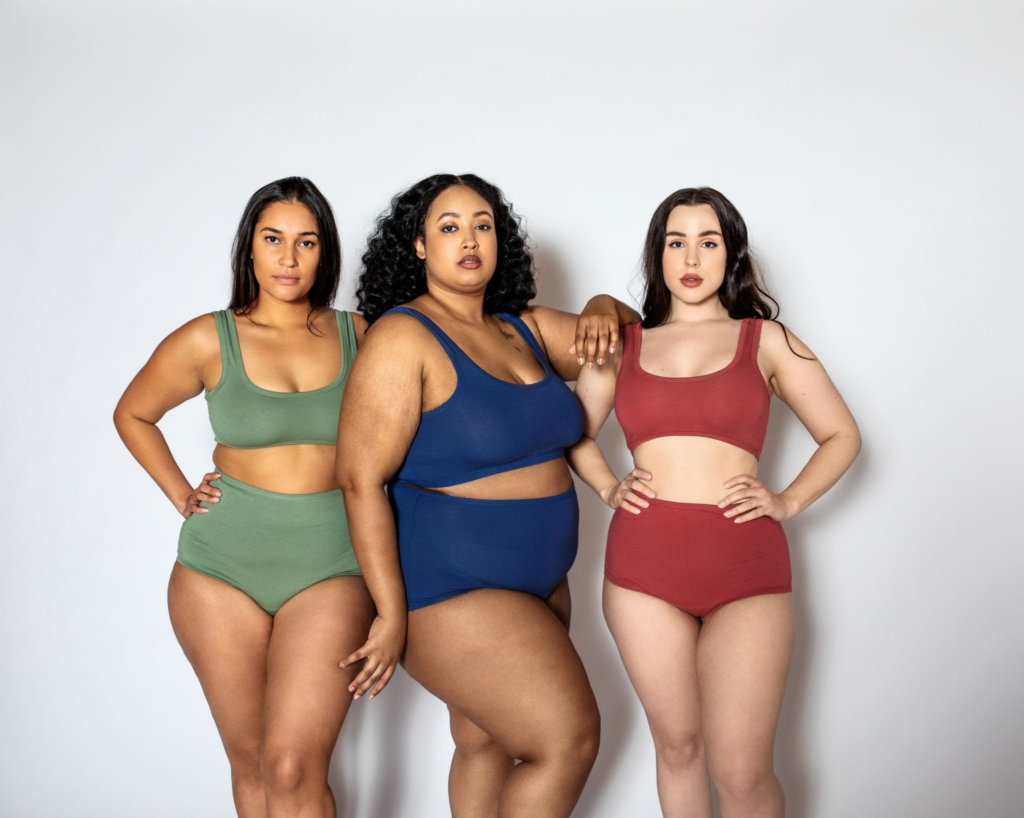
Genetics vs. Lifestyle: Debunking Myths About Body Shapes
So, what exactly determines our body shape? Is it all genetics, or can lifestyle choices play a role? The truth is, it’s a complex interplay of both.
- The Genetic Blueprint: Our genes play a significant role in our body shape, influencing things like bone structure, fat distribution, and muscle composition. However, this isn’t a fixed destiny.
- Lifestyle Choices: The way we live has a big impact on our physique. Diet, exercise, and sleep all contribute to body composition and overall health. While you can’t completely change your genetic makeup, you can definitely influence how your body looks and feels through your lifestyle choices.
Here’s the key takeaway: Don’t get discouraged by genetics. While some things are predetermined, you have the power to shape your body and improve your health through mindful eating, regular exercise, and a positive attitude.
The Psychology of Attraction: What Really Turns Heads?
What makes someone physically attractive? It’s more than just body shape, although that can certainly play a role. Here are some other factors that contribute to attraction:
- Facial Symmetry: Studies suggest that we find people with symmetrical features more attractive. This may be an evolutionary signal of good health and strong genes.
- Nonverbal Cues: Body language and facial expressions can be incredibly powerful. Confidence, good posture, and a genuine smile can make someone instantly more attractive.
- The Chemistry of Attraction: Our hormones play a big role in who we find attractive. Oxytocin, sometimes called the “love hormone,” is released during physical intimacy and bonding experiences, making us feel closer to someone.
- Personality Matters Most: At the end of the day, physical attraction is fleeting. It’s a person’s personality, sense of humor, and shared values that create a lasting connection. Someone who is kind, intelligent, and makes you laugh is infinitely more attractive than just a pretty face or a perfect body.
Love Yourself, Love Your Shape: Tips for Building Body Confidence
Building body confidence is a journey, not a destination. Here are some practical strategies to help you cultivate self-love and rock your unique shape:
- Shift your focus: Instead of obsessing over your flaws, focus on your strengths. Do you have great legs? A killer smile? Amplify those features and celebrate what makes you special.
- Find your fitness groove: Exercise shouldn’t be a punishment; it should be a celebration of your body’s capabilities. Find activities you enjoy, whether it’s dancing, swimming, or rock climbing. When you move your body in a way that feels good, it boosts your mood and confidence.
- Dress for you, not for trends: Ditch the pressure to follow fleeting fashion fads. Wear clothes that flatter your figure and make you feel fabulous. Experiment with different styles and discover what makes you look and feel your best.
- Fake it ’til you make it: Confidence can be contagious. Even if you don’t feel completely confident initially, stand tall, make eye contact, and own your space. Projecting confidence can actually trick your brain into feeling more confident, creating a positive feedback loop.
- Practice gratitude: Take a moment each day to appreciate your body for everything it does for you. It carries you through life, allows you to experience the world, and is the vessel for your unique spirit. Be grateful for your health and the incredible things your body can do.
- Surround yourself with supportive people: Life is too short to spend time with people who make you feel bad about yourself. Seek out positive, supportive friends and family who celebrate you for who you are, inside and out.
Fashion Flair: Dressing to Enhance Your Natural Shape
Fashion is a fun way to express your personal style and flatter your figure. Here are some general tips for dressing different body types:
- Hourglass: Accentuate your defined waist with cinched dresses, belted jackets, and high-waisted pants.
- Athletic: Show off your toned physique with fitted clothing, crop tops, and leggings. Don’t shy away from bold colors and patterns.
- Petite: Create the illusion of height with vertical stripes, high-waisted styles, and cropped jackets. A-line skirts and dresses can also be flattering.
- Pear: Balance your proportions with A-line dresses, wrap dresses, and empire waistlines. Emphasize your upper body with statement necklaces and bold earrings.
- Straight: Define your waist with belts and peplum tops. A-line skirts and dresses can add some shape, while layering can create visual interest.
- Voluptuous: Embrace your curves with empire waist dresses, wrap dresses, and high-waisted jeans. Don’t be afraid of bold prints and statement pieces.
Remember, these are just guidelines. The most important thing is to experiment, have fun, and find what makes you feel confident and beautiful.
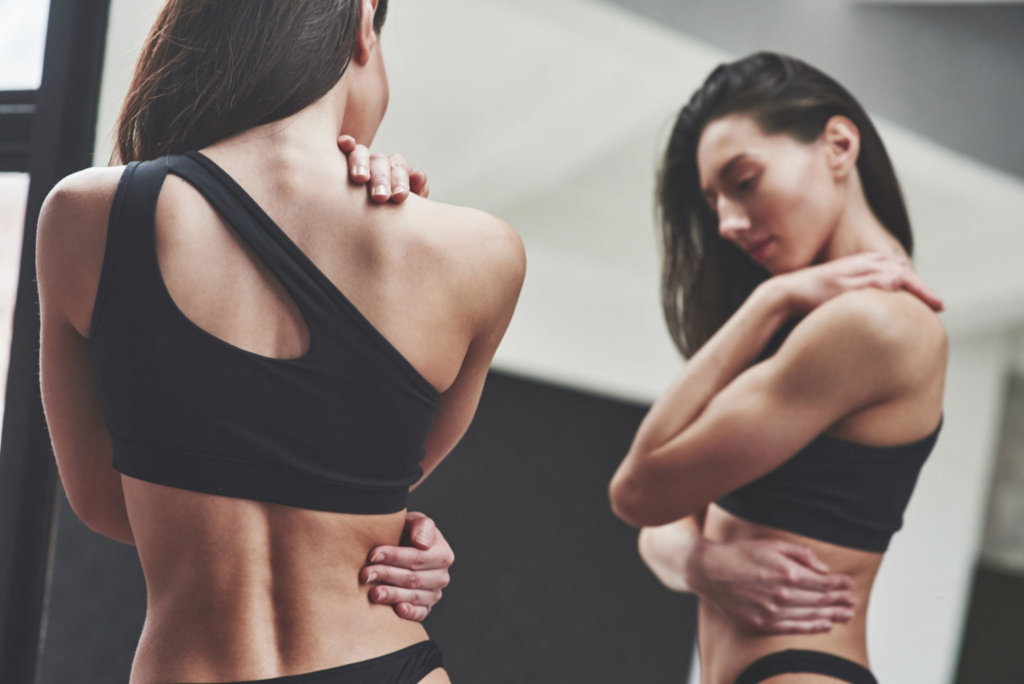
Fitness for Every Body: Exercise Tips for All Shapes and Sizes
Exercise isn’t about achieving a certain size; it’s about celebrating your body’s potential and improving your overall health and well-being. Here are some tips for getting started on your fitness journey, no matter your body type:
- Find an activity you enjoy: The key to sticking with an exercise routine is finding something you actually have fun doing. There are endless options available, so explore different classes, sports, or outdoor activities until you find something that makes you feel good.
- Start slow and gradually increase intensity: Don’t try to do too much too soon. Begin with manageable workouts and gradually increase the duration and intensity as you get stronger.
- Listen to your body: It’s important to take rest days and pay attention to your body’s signals. If you’re feeling pain, don’t push yourself. Take a break or modify your workout to avoid injury.
- Strength training is for everyone: Building muscle isn’t just for bodybuilders. Strength training helps to improve bone density, boost metabolism, and increase overall strength and stability. Don’t be afraid to incorporate weights or bodyweight exercises into your routine.
- Find a workout buddy: Having a friend to exercise with can help you stay motivated and accountable. You can push each other to reach your goals and celebrate each other’s successes.
Remember: Exercise is a celebration of your body’s capabilities. Focus on how exercise makes you feel – stronger, more energized, and more confident.
Navigating Beauty Standards: Coping with External Pressures
Let’s face it, living in a world obsessed with appearance can be tough. Social media, airbrushed magazine covers, and even seemingly harmless comments from friends and family can all contribute to feelings of inadequacy. Here’s how to navigate these external pressures and protect your body image:
- Be mindful of media consumption: Take a break from social media, or at least curate your feed to include positive and body-inclusive content. Unsubscribe from accounts that make you feel bad about yourself and seek out those that promote self-love and acceptance.
- Practice media literacy: Develop a critical eye for the images you see. Recognize that most photos are edited and don’t reflect reality. Don’t compare yourself to these unrealistic portrayals.
- Challenge negative self-talk: That voice in your head telling you you’re not good enough? Silence it! Challenge negative thoughts with positive affirmations. Focus on your strengths and the things you love about yourself.
- Focus on what matters: Don’t let your worth be defined by your appearance. Focus on your talents, your passions, and the things that make you a unique and valuable human being.
- Celebrate all bodies: Broaden your definition of beauty. Look for inspiration in people of all shapes, sizes, and ethnicities. The more you celebrate diversity, the less power unrealistic beauty standards will hold over you.
- Seek support: Talk to a trusted friend, family member, therapist, or counselor if you’re struggling with body image issues. Talking it out can help you develop healthy coping mechanisms and build self-confidence.
Remember: You are not alone. Everyone experiences moments of body insecurity. The key is to develop a healthy relationship with your body and focus on the things that truly matter.
Conclusion: Embracing Diversity in Beauty
So, what is the most attractive body shape? The answer is, there is no single answer. Beauty comes in all shapes and sizes. What truly captivates is confidence, self-acceptance, and the inner light that shines through.
This blog post has hopefully empowered you to embrace your unique beauty and reject the limitations of narrow beauty standards. Celebrate your curves, rock your straight figure, and own your petite frame. There’s no one-size-fits-all approach to beauty – the most important thing is to love and appreciate the body you have.
Here’s your personal mantra: I am worthy. I am beautiful. I am strong. Repeat after me!
Feminizator.com is a website that believes that femininity is a colorful universe. Here, you won’t find rigid definitions or worn-out stereotypes about femininity. Instead, we celebrate a vibrant spectrum with all the complexity, power and joy of being “it”. Every day, we dive into the multifaceted world of femininity. We explore topics such as inner strength, creative expression, conscious living and global perspectives. We also embrace LGBT+ and transgender people and show them different ways of being feminine. We are here to empower you to embrace your femininity, own your own story and blossom into the best version of yourself. Welcome to Feminizator. Welcome to yourself.
FAQs: Answering Common Questions About Female Body Shape
What’s the healthiest body shape?
Health isn’t defined by body shape alone. A variety of factors contribute to overall health, including diet, exercise, and lifestyle choices. Focus on maintaining a healthy weight and engaging in activities that make you feel good.
Can I change my body shape through exercise?
Exercise can definitely influence your body composition. While you can’t completely change your genetic predisposition, you can build muscle, improve tone, and alter your overall silhouette through exercise.
How do I overcome insecurities about my body shape?
Building body confidence is a journey. Practice self-compassion, challenge negative thoughts, and surround yourself with positive influences. Focus on your strengths and celebrate what makes you unique.

